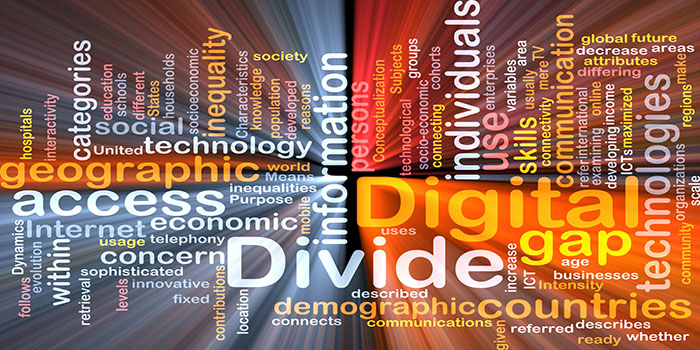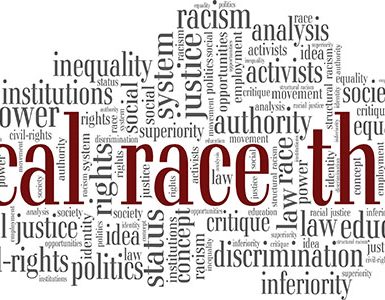Most people assume every home has high-speed Internet and at least one computer. The sad truth is this is not the case in the slightest. While the “haves” of our society enjoy high-speed web access and multiple computers in the household, plenty of the “have-nots” have yet to migrate to the Internet. In fact, some of these low or no-income households do not even have a computer. This technological gap has been magnified by the COVID-19 pandemic.
Learning on the Web From Home is not Possible for Everyone
When news broke that students would have to learn from home by way of the web, most people simply assumed screen-based learning would be a bit of a drag for students and parents alike yet still possible for all. Kids dislike online learning as they desire to be in the vicinity of their friends in social settings. Parents would rather be at work or at least separated from their children for half the day. However, few people thought about the unintended consequence of online learning at home: it makes education impossible for children in impoverished households. The Pew Research Center’s analysis of the United States Census Bureau Data reveals high-speed web access is not available or simply unaffordable in 15% of households in which school-age kids reside.
Though plenty of youngsters have a smartphone, many live in cramped apartments, run-down homes, or rural areas that lack internet access. Furthermore, some of these households have either one outdated and over-used computer or no computer at all, making it impossible for youngsters to learn on the web. This is a stark contrast to the typical suburban household in which there is high-speed web access and multiple computers ranging from desktop computers to laptops and tablets. Sadly, this technological divide in the coronavirus era has allowed students who hail from the middle and upper classes to intellectually leapfrog their comparably poor peers. Furthermore, those in urban and suburban spaces also have the important advantage of easily accessible Internet. It is quite shocking to learn nearly one-quarter of those living in the rural state of Arkansas lack Internet access altogether.
Home Learning is Far From Equal
Use your imagination to put yourself in the position of an inner-city youngster or child in a rural location who lives in a low-income household in which there is a single computer for everyone in the house to share. Your single parent’s low-wage job pays for Internet, albeit at the slowest possible speed. The coronavirus pandemic renders you stuck in a diminutive apartment in which you are expected to share the lone computer with your two brothers, sister, and mother. Sadly, this is the case for more American children than most assume. Even if the single computer used for web access in impoverished homes functions, it must be shared amongst all the siblings and possibly even the parent(s), making it impossible for all school-age children in the domicile to learn on the web.
In rural areas, web access is not always reliable. Furthermore, parents are often tasked with leading the instruction, downloading myriad educational apps, and ultimately ensuring their child learns the material. It should come as no surprise that the results of this unfortunate situation are significantly better for students in comparably wealthy suburban households in which there is high-speed internet, college-educated parents, and several computers.
A Problem of Cost and Access
The technological learning divide highlighted by the coronavirus outbreak is both a problem of money and access. Those in poor households lack the financial footing necessary to purchase a reliable computer and pay the monthly internet bill. Those who live in rural or remote areas do not have reliable high-speed internet. Some students have the worst of both worlds, living an impoverished life in a rural area in which the web is inaccessible yet would prove unaffordable even if available. The little-known truth revealed by a 2018 Microsoft study shows half of all Americans lack high-speed web access at home. This means more than 160 million people living in the richest country in the history of the world do not have internet access at a speed capable of permitting online learning.
The Solution is Simple
It is quite possible the coronavirus pandemic will stretch on for the remainder of 2020 and possibly through 2021. The worst-case scenario is an ever-mutating virus that cannot be defeated by a vaccine, ultimately reducing the population by a significant margin. One thing is for certain: our kids will continue to attend online classes for the foreseeable future. If we are to abide by our promise of “no child left behind”, we must pass a law that provides no-cost web access to everyone living in the United States with the possible exception of those living in the most remote areas due to feasibility concerns. In short, high-speed internet access must be viewed as a human right in our first-world country. Otherwise, the technological gap will inevitably exacerbate the already-gigantic wealth gap, render our youth uneducated, and sow the seeds of ever-burgeoning social disharmony.
***


















Add comment